If all flipflops are cleared (zero), their inverted outputs ("~1Q") will all be high. This means the inputs to U7A are both high, making its output low, and clearing all of the flipflops. The circuit is therefore locked up - if it's cleared, it keeps clearing itself, with no way out of the cleared state.
You should connect the inputs of U7A to the non-inverted ("1Q") outputs of the flipflops instead, as you've actually already figured out: Strobe = (Q2Q0)'
Note that an asynchronous circuit such as yours might misbehave due to glitches since gates and flipflops don't switch instantly. Synchronous logic (where all flipflops are driven by the same clock signal) is much more robust and generally preferred.
